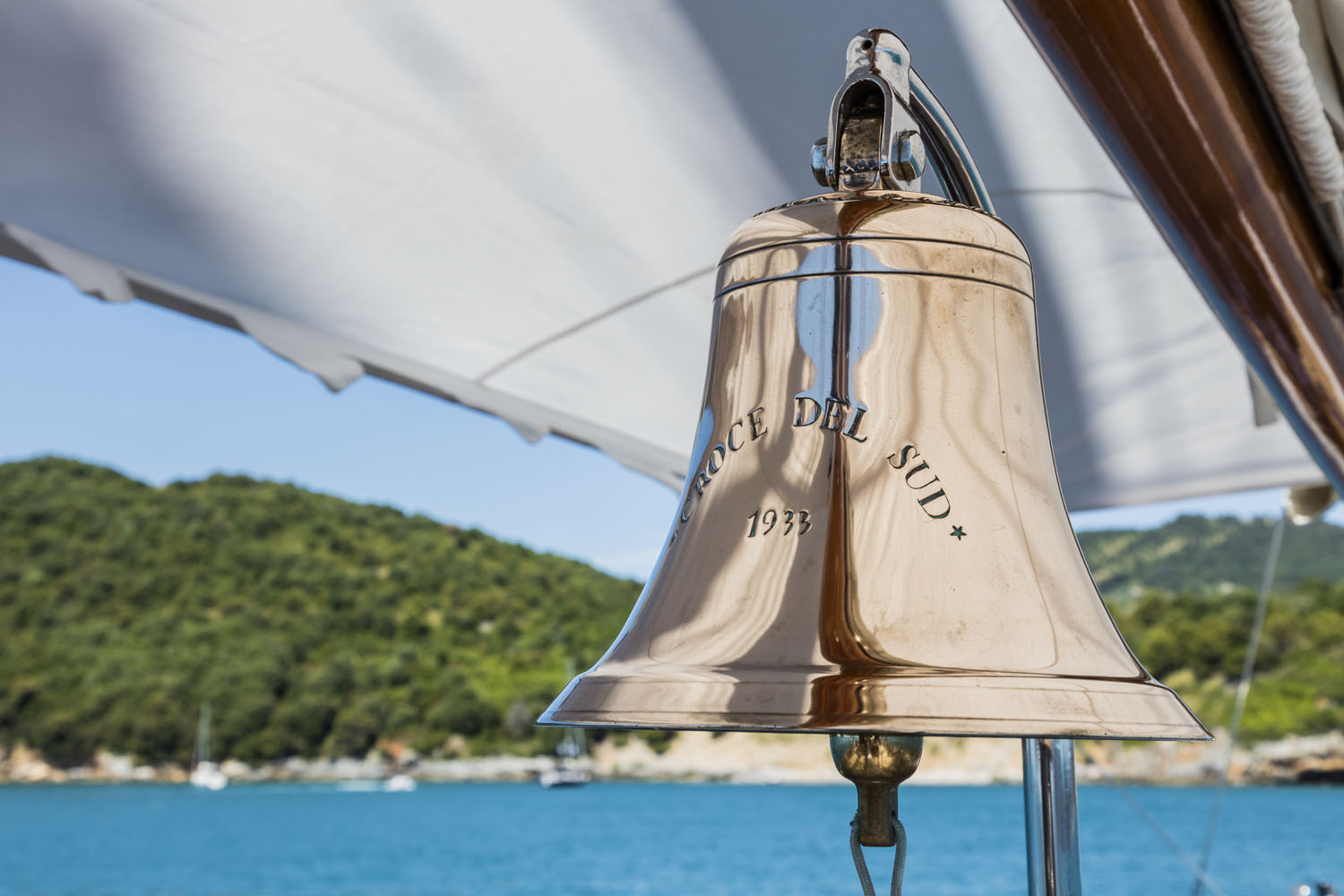If you’re working towards your RYA Yachtmaster exam, you will need to know the meaning of different sound signals. Even if you’re not, understanding what other vessels want to tell you is vital to staying safe at sea – and you are legally required to know about these signals if you find yourself in command of a vessel in fog.

Sound signals are made up of long and short blasts, or a combination of these. They are used by vessels manoeuvring, and in fog.

When a vessel is manoeuvring, especially in a harbour or other constrained space, or if it is overtaking, it will use the following sound signals.
Sound signals for vessels manoeuvring

In fog or any other form of restricted visibility, it is a legal requirement for vessels to give certain sound signals depending on their status and operations. It is also the law that every skipper must keep a good listening watch in such conditions. The sound signals are described below, and then there is further information on the details contained in the table.
But before you read on, why not watch our free animation about sound signals? It is available in English and in Polish. Click on the appropriate image below, and you will be taken direct to the video you want to watch on our YouTube channel – which opens in a new window. When you’re done, come back here.
Sound signals for vessels in fog

A vessel is underway if it is not at anchor, on a mooring, or tied up in some other way.
A vessel is making way if it is using engine or sail power to travel through the water. A vessel that is underway but stopped is not making way.
A vessel is not under command (NUC) if for some exceptional reason it cannot be manoeuvred. For example, if the steering gear is broken.
A vessel has restricted ability to manoeuvre (RAM) if it is engaged in some kind of operation that does not allow it to manoeuvre easily, for example laying cables.
“Bell, 5s” means a bell rung continuously for five seconds.
“Bell, x3” means three distinct rings on a bell.
The additional signal for a vessel at anchor in fog ( . – . ) should be used when a risk of collision exists.
A sailing vessel using its engine is classed as a motor vessel, even when any sails are also up.
Download a printable version of the key information from this tutorial.
For more information, see Colregs rule 34 and Colregs rule 35.



Pingback:Sail training theory tutorial 3: understanding COLREGs – Sail Ho!